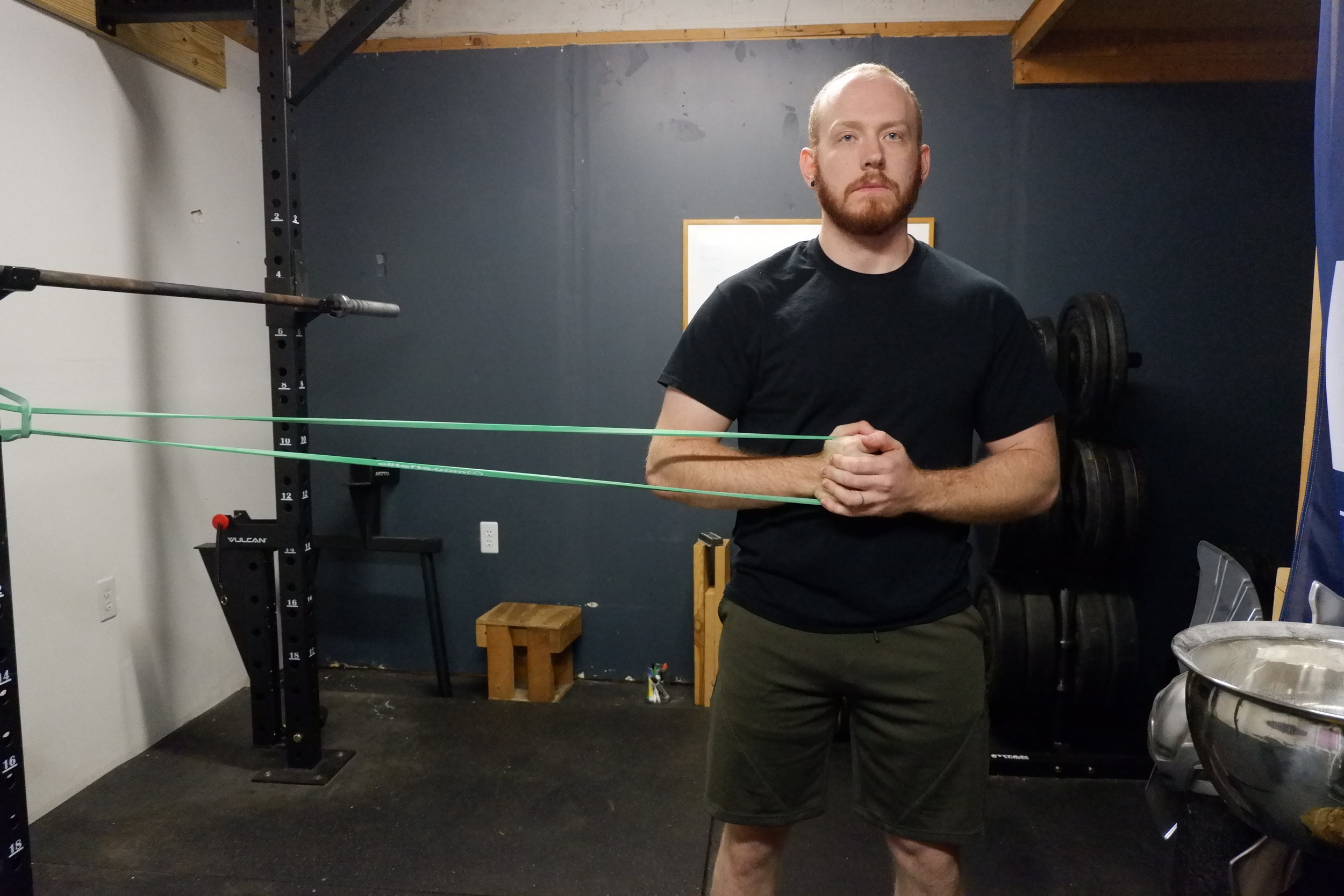Strengthen Your Core for Better Running Performance
You’ve heard all about the dangers of sitting too much, running with “bad posture,” and “lifting with your back.”
All this advice is centered on preventing you from “rounding” your lower back, or allowing your lower back to go into flexion. People blame this position for all kinds of problems. This position doesn’t cause lower back pain by itself, but it isn’t an ideal athletic position for most people who want to optimize their performance. It doesn’t allow for an efficient transfer of force through your core.
However, running with an “arched,” or hyperextended, lower back isn’t ideal either. Again, it doesn’t necessarily mean you’ll have pain, but it’s not an ideal athletic position.
We want the spine to be “neutral” during everyday and athletic activities. This means that the ribcage is stacked on top of the pelvis, with minimal pelvic tilt forward or backward. Everyone is different. Neutral is a range, not a set-in-stone position. When you’re lifting heavy weight, running, or doing other athletic activities, this is the position you want to be in to allow optimal force transfer through your core and to keep your spine happy for years to come.
To maintain a neutral spine, your core needs stability. Think about all kinds of different athletic activities – running, jumping, throwing, lifting, carrying, etc. Your core isn’t providing the bulk of the force to do these activities. It’s stabilizing your trunk.
Now think about when you’ve been fatigued while running. What’s usually the first thing to go? Your technique. You start bending at the waist, slouching in the shoulders, and dropping your head. You’ve lost stability in your trunk and the ability to maintain control of your back and hips. Training the core for stability and endurance will help you maintain better running technique for longer.
Let’s train the core for stability to increase performance. But what about your six pack?
Getting six pack abs is all about diet. If visible abs are something you’re after, make sure you’re working to lose fat. Go here to learn how to start.
Here are three different types of core stability exercises you should include in your program.
Anti-Extension Exercises (ex. Front Planks, Deadbugs)
Basic Front Plank
These exercises train the core to resist excessive arching of the lower back. All varieties of front planks, fallouts, and ab wheel exercises fall into this category, as do deadbugs.
Anti-Lateral Flexion Exercises (Side Planks, Carries)
Basic Side Plank
These exercises train the core to resist bending to the side. All side plank progressions and variations are useful, as are exercises like suitcase holds and carries.
Anti-Rotation Exercises (Pallof Presses)
These exercises train the core to resist excessive twisting. The Pallof Press is an excellent choice. Start from a half-kneeling position and focus on keep your shoulders and hips square with each other. You can then progress to full kneeling and standing.
This isn’t the end-all-be-all of core training, but this is a good place to start. Make sure you’re including these types of exercises 2-3 times per week before worrying about other types of core training.
The simplest way to integrate core training into your routine is to train each category of exercise once per week. If you’re in the gym 3 days per week, just add one exercise from each category at the end of each session in a short circuit. For more info on strength training for runners, go here.
You could do the same thing after each of your runs. Start with 3 sets from each category and build up from there. Add additional set/reps/exercises to address your weaknesses.
Here is a beginner example:
3 Circuits
8 Deadbugs (per side)
30 second Side Plank (per side)
12 Half-Kneeling Pallof Presses (per side)
And a more advanced example:
5 Circuits
12 Ab Wheel Rollouts
25yd Kettlebell Suitcase Carry (per side)
12 DB Renegade Row (per side)
15 Standing Pallof Presses (per side)
For my recommended cross training for runners, go here
If you’re looking for a fitness trainer in the Mt Juliet/Hermitage/Nashville TN area, online fitness training, or just need some advice to get your fitness program started, contact me




